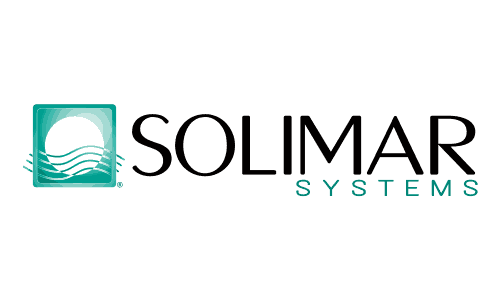Guest Article from our Partner, Solimar. Do industry specific applications handcuff your production operation?
Home / Guest Article from our Partner, Solimar. Do industry specific applications handcuff your production operation?
 Many industries have software vendors that have created specific line of business applications to perform particular tasks. These tasks could be as simple as generating a response to an inbound customer inquiry or as complex as creating compliance communications like a mortgage or insurance document. In most cases, these systems are very customized and help the knowledge worker execute the task well. However, the applications were not designed to be part of an efficient production printing and mailing system. In other words, when it comes down to getting these communications out the door, the elaborate tool that was built can become the bottleneck – before we even get started!
Many industries have software vendors that have created specific line of business applications to perform particular tasks. These tasks could be as simple as generating a response to an inbound customer inquiry or as complex as creating compliance communications like a mortgage or insurance document. In most cases, these systems are very customized and help the knowledge worker execute the task well. However, the applications were not designed to be part of an efficient production printing and mailing system. In other words, when it comes down to getting these communications out the door, the elaborate tool that was built can become the bottleneck – before we even get started!
The bottlenecks may include things like no Application Protocol Interfaces (APIs), older print description languages (PDLs) also known as legacy applications or simply the inability to batch or group documents. Compounding this situation is the line of business leaders and purchasing teams’ are unaware of the effects of their decisions. This lack of inter-departmental collaboration can wreak havoc in many ways later.
So what can we do as document production professionals? Do we keep correcting the problems with better downstream software and savvy? Or is it time to get proactive and become more involved upstream? I believe it will continue to be a combination of both. However, if we can position ourselves as part of the business communication team and get seats at the planning table, many of the challenges can be nipped in the bud prior to bottleneck fruition.
To do this we have to get busy to get that seat. In an in-house/in-plant operation, the leader must market their services to any department that is tasked with customer communications. This could include: Marketing, Sales, Compliance, Customer Retention, Finance and Information Technology. Once those areas of the business learn what you are capable of, do not stop there. Invite them to visit your operation to understand how their documents are being produced and explain the challenges you have. Once people understand and know the repercussions of their actions, I find that they are more willing to work with you to make the necessary adjustments – especially if it will save them money, like skyrocketing postage budgets. The adjustments could be to make a design change to their documents, giving you a little more time to get certain applications completed or support to integrate a few processes together.
One of the things that Solimar and BCC Software have done successfully in many operations is to integrate the address correction and presorting functions within the document re-engineering workflow. For example, when “print ready PDFs” come from upstream applications (and most PDFs are not created equally), Solimar’s Rubika software would index each document prior to extracting address block information to send to Mail Manager. After Mail Manager corrects addresses and presorts the addresses, the file is then returned to Rubika, where it then matches the right document to the right address using the original indices. At this point, the IMb would be added and the IMb information would be captured to cross-reference for tracking. In many cases, Rubika would then optimize the output for the particular printer model and add barcodes for the inserter.
If industry specific applications or PDFs handcuff your production, ask for a seat that the “communication table” so you can all get to know each other. But before you do that… consult your BCC Software representative, who will invite one of the Solimar engineers to diagnose your challenges.
For more details, click on this link to one of our Solimar Shorts.
If you are in a hurry, fast-forward to the 8 minute and 35 second mark to see how the above works.

